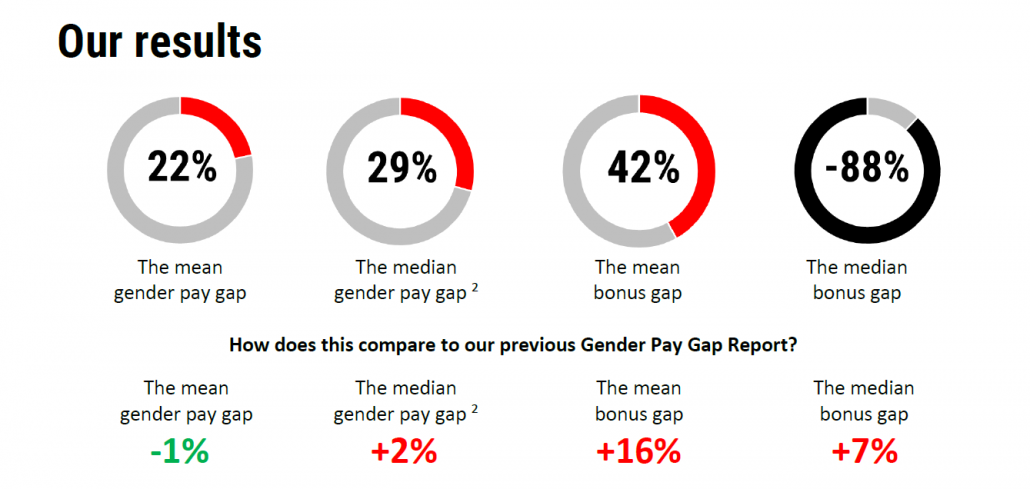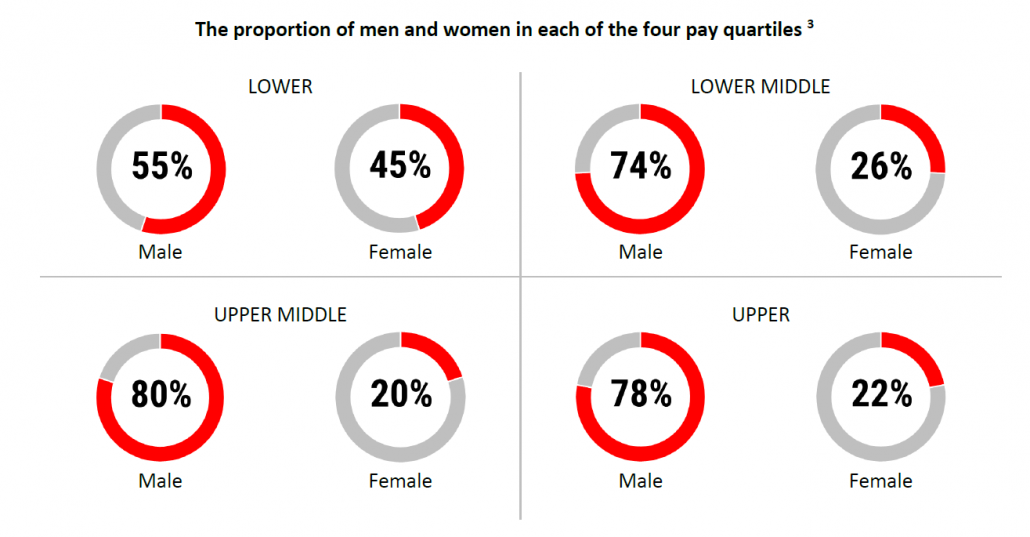SSP Gender Pay Gap Report 2020-2021

About this Document
In accordance with the Equality Act 2010 (Gender Pay Gap Information) Regulations 2017, the following report details SSP’s gender pay gap figures for staff on the snapshot date of 5-April 2021.
The draft Equality Act 2010 (Gender Pay Gap Information) Regulations 2017, requires all UK employers with more than 250 staff to publish their gender pay gap report annually by 31 March.
In accordance with this Act, the following report details SSP’s gender pay gap figures for staff on the snapshot date of 5 April 2021.
If you have any queries about the contents of this document, please contact Human Resources, at human.resources@ssp-worldwide.com.
Our commitment
Colin Greenhill
CEO
I joined SSP in July 2021 at a time when the organisation was going through significant change. A large-scale re-organisation had taken place starting with a re-organisation at the Executive team level. Although this data was taken prior to me joining SSP during my last eight months we have had a significant focus on ensuring we have the right skills and talent across the team to deliver our plan.
I appreciate we still do not have the level of diversity across the team that would bring higher levels of performance, particularly at a senior level. This is something I am acutely aware of and will ensure we have a focus on as the opportunity arises in the future.
I am pleased to report that we have promoted two females to our senior leadership team in the last 12 months and I hope to see this trend continuing. Being fortunate to be part of the wider Volaris group we are maximising the opportunity to identify female role models that can share their career journeys and support our mentoring programme, particularly of our female talent.
In addition we are taking the opportunity to participate in the coaching and leadership programmes that are now open to our wider teams along with activities such as keynote speakers and masterclasses for our female talent.
The commitment to ensuring that all members of the SSP team, regardless of sex, are treated and rewarded fairly remains. We are pleased that we can still say we offer equal pay for work of equal value, ensuring we do not discriminate unlawfully against any member of staff. We know from our engagement surveys that our people feel they work in a transparent and fair environment that is free of any discrimination.
Our gender pay gap has seen a slight decrease this year, with a mean gap of 21.7%. Our gap continues to be primarily due to that fact that we still have a greater number of men in senior roles compared to females.
We continue to offer a fully flexible work environment which allows all employees to work flexibly to meet commitments outside of the work environment. During our pay review this year we also took the opportunity to decrease gaps in pay disparity across our teams.
Over the next year we will continue to focus on identifying both internally and externally female talent and in particular offer development support internally to allow our female talent to progress into more senior roles.
What is a gender pay gap?
A gender pay gap is the difference between the total hourly earnings of the men and women in an organisation.1 This should not be confused with the term ‘equal pay’ which refers to the difference in pay between a man and a woman doing the same job. SSP is committed to equal pay and already ensures that men and women performing the same roles are paid within the same salary bands.
Why is the government interested in the gender pay gap?
The UK’s current gender pay gap stands at 15.5% amongst all employees. It currently stands at 7.4% amongst full time employees. This is because more females work in part time jobs, which are lower paid (Office for National Statistics). The government is seeking to reduce this gap in order to increase both equality, and economic productivity.



Declaration
I can confirm that our data is accurate and has been calculated according to the requirements of the Equity Act 2010 (Gender Pay Gap Information) Regulations 2017.
Colin Greenhill